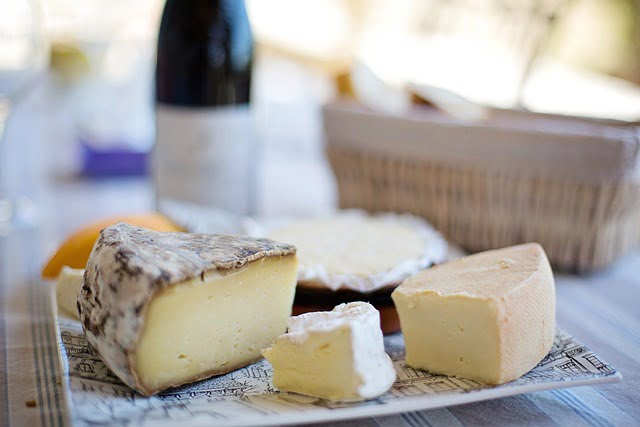Many dishes, especially cheese spaetzle, are not without alpine cheese conceivable. It is not only its taste that makes it special, but especially the artisanal way in which it is made in the Alps.
The production of the cheese begins with the milking, which is still done by hand is made.
On average it is 15 liters of milk per cow per day, the performance however, varies and depends on many factors, including the quality of the feed.
Once the cheese kettle is full, a lengthy process begins including heating the milk and adding rennet before the cheese wheels can finally mature. For a loaf of cheese, approx. 100 liters of milk required.
But many Alpine farms face major challenges. In addition not only the search for personnel counts, but also the climate change. The summer months are also in the mountainous regions now often very dry, which is not only the drinking water supply endangered for the cows, but can also lead to a lack of feed.
Despite everything, it is to be hoped that the cheese counter will continue to sell alpine cheese
is enriched.

Käselaibe werden gepresst (Foto von Annika Bullmann)



